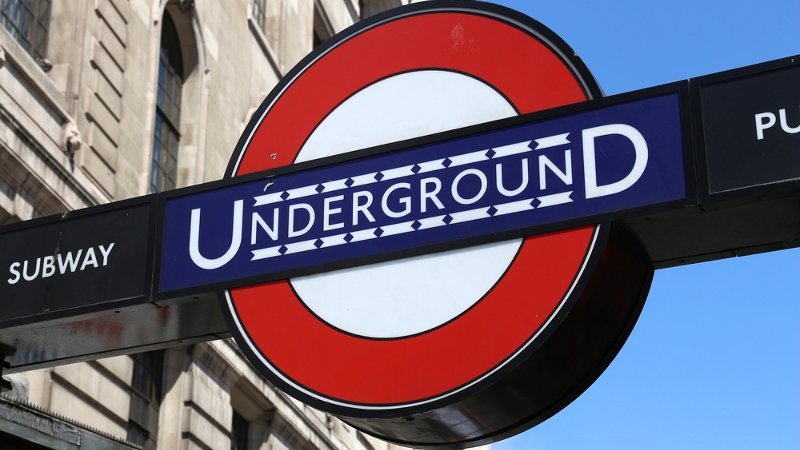
Robin Johnson is managing director of Kinleigh, Folkard and Hayward Professional Services
People are moving, and that’s not about to change any time soon. By the time you read this, we’ll be past the June cliff edge on stamp duty and have a much clearer idea of the potential for transactions to reflect the higher stamp duty costs involved in moving house.
In reality, it has become obvious that the maximum £15,000 saving under the scheme has made its way into the value of homes.
This obviously has not been consistent across the country or for all property types, but on average, buyer confidence and sellers being aware that prospective purchasers have improved affordability have together resulted in a rise in asking prices.
Indeed, the Office for National Statistics (ONS) shows staggering growth in values across England, with prices up by 8.9% in the year to April 2021, down from 9.8% in March 2021.
England’s house prices were growing the same as the UK rate of 8.9% in the year to April 2021, with the North East the fastest growing region with annual growth of 16.9%.
The lowest annual growth was in London, where prices rose 3.3% over the year to April 2021.
This entirely makes sense: values in the North East are pretty affordable and a £15,000 price hike represents a significant proportion of that, compared to properties in London valued much higher, where £15,000 off the purchase price doesn’t make a dent.
Nevertheless, the scheme illustrates just how important confidence is in setting the direction of the market. Transaction data published in late June by HMRC shows there were 102,100 homes sold in May, not seasonally adjusted, down around 10,000 from April and around 71,000 since March.
This bodes well for anyone fretting about a chaotic transition to the second phase of the stamp duty holiday between July and 30 September, when the tax will be payable above a £250,000 threshold rather than the £500,000 which applied between August 2020 and 30 June.
The slowdown in transaction volumes suggests that the market is managing expectations better this time around than was possible in March.
Brokers will have done their utmost to factor in missing any deadlines into affordability calculations, and I think we can expect that the lack of supply of property will deter any appetite to renegotiate prices – especially in London and the South East, where the tax subsidy has really not impacted price growth as it has elsewhere.
It wouldn’t be my monthly column without reference to the London market, particularly, but I have been encouraged in the past month or so by data coming out from various sources. First, Knight Frank analysis showed prices in prime Central London grew by 0.3% in the year to May, compared to 3.1% in prime outer London.
This increase in prime Central London is the first rise in five years, since May 2016, the month before the EU referendum, and Knight Frank argues that this “underlines how the recovery of the property market in prime Central London is not reliant on the reopening of international travel.”
They also noted that in prime outer London, growing demand for space and greenery after three national lockdowns has led to annual price growth in excess of 6% in markets like Richmond, Dulwich, Wandsworth and Belsize Park. Wimbledon experienced price growth of 9.4% in the year to May, which was the strongest of all London markets.
Second, research from Nationwide Building Society indicates that fears over remote working and the future of the office may have been overblown, and that Londoners still pay a significant premium to live near a tube or train station.
Andrew Harvey, senior economist at Nationwide, says: “Our research indicates that homebuyers in the capital continue to pay a significant premium to be close to a station.
“A property located 500m from a station attracts a 9.7% price premium – approximately £46,800 based on average prices in London – over an otherwise identical property 1,500m from a station.
“A property located 1km away commands a 4.3% premium, at 750m this increases to 6.8%, while a property 500m from a station attracts a 9.7% premium.”
Add to this the fact that Harvey’s analysis suggests that there has actually been a slight increase in station premiums in London compared with pre-pandemic levels – possibly influenced by price inflation driven by the stamp duty holiday – and the market is looking pretty healthy as we come to end of the first half of the year.
How the second half performs has been fodder for much speculation, but my gut tells me that the state of flux that the pandemic has triggered runs far deeper than a tax break.
People are moving, and that’s not about to change any time soon.



